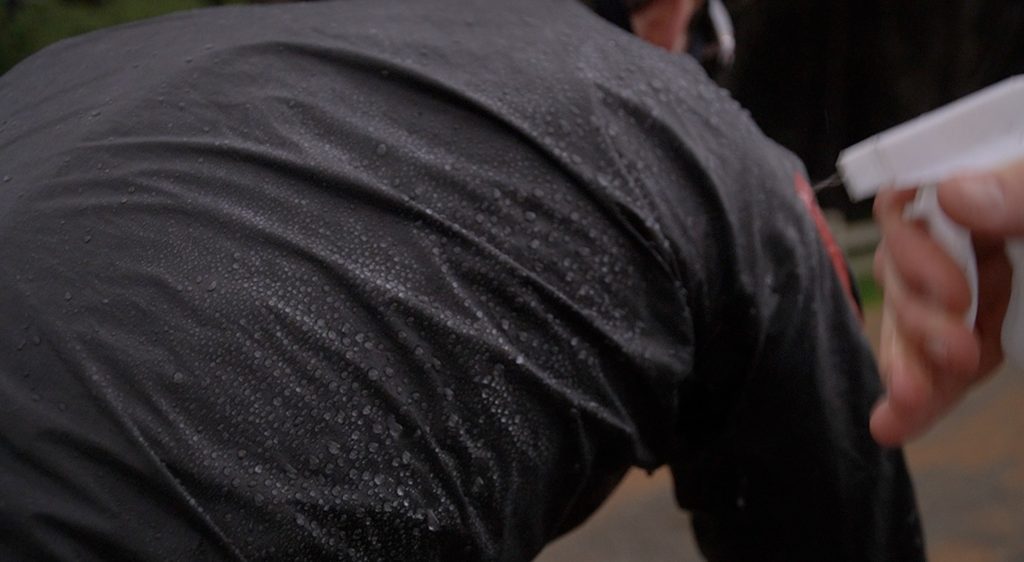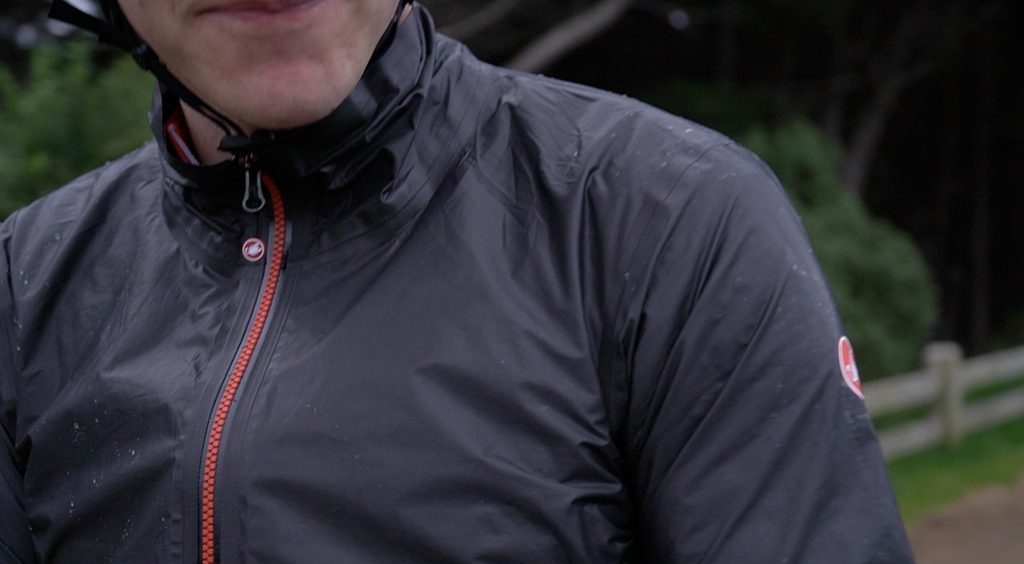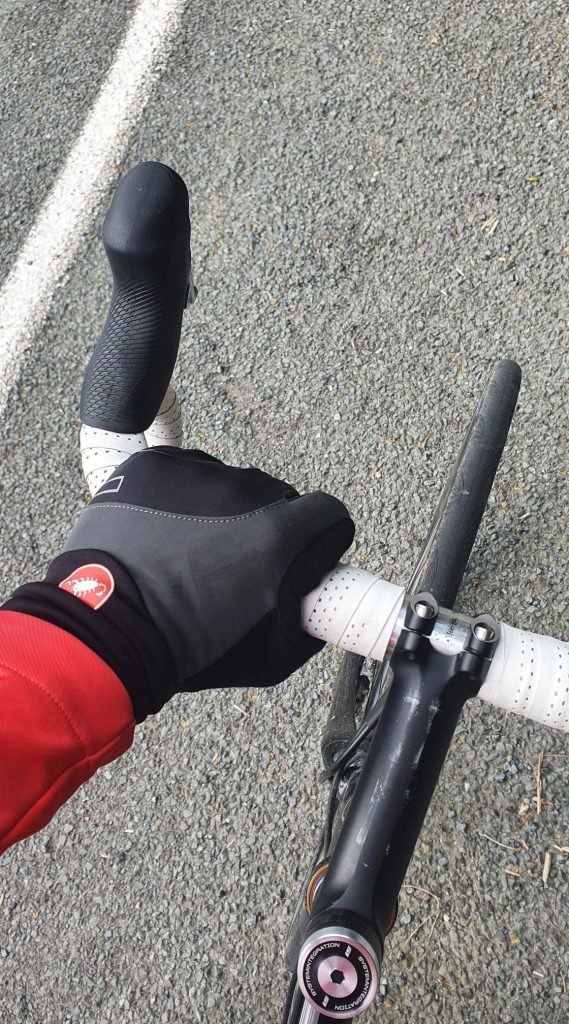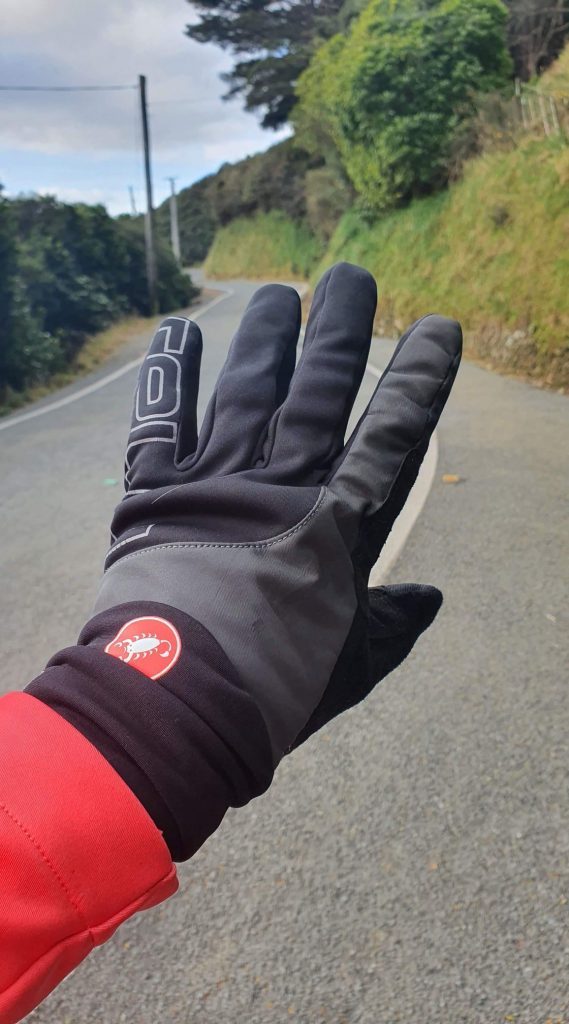Tristan’s Winter Clothing Tips
Winter Clothing
Maybe it’s my Canadian upbringing but I love winter and some of my most memorable rides and races have been in the depths of winter. New Zealand winters tend to be relatively mild in temperature but very wet which makes for good all-year riding but means so your clothing needs to focus on staying warm in the rain.
Enjoying winter riding is all about having good clothing which keeps the elements out. A good winter wardrobe is expensive but experienced riders accumulate bits over many years which reduces the upfront cost – the gloves I was wearing which prompted me to write this article are 12 years old and still going strong.
A key factor to ensuring your winter clothing works is that it fits snugly and there is no flapping. I can’t stress this enough and when shopping for winter items size down and see if it fits. Aero has become cool in this post-Gabba era of winter clothing so modern clothing tends to fit much better than 5 years ago.
Layers are the key to a functional wardrobe which can adapt to different temperature conditions. Once you’ve built up a good selection of quality clothing layers you’ll be better equipped for everything from full winter training to cool spring mornings or late night commutes home from work.
Base
Insulation works by trapping air and allowing it to warm up but not move. This is how Batts in your house, or a down sleeping bag work: The material is only there to stop warm air from moving around and being replaced by cool air. On a cold or wet day I’ll wear two base layers: A mesh ‘summer’ vest against my skin and either a short-sleeve or long-sleeve merino wool layer over the top. The large pockets of air in the mesh vest will warm up and the wool keeps them trapped, plus sweat is wicked away to reduce that clammy feeling. This double-base trick also works well in wet summer races where you can stay warm when working hard. For base layers to work they need to be skin-tight with no flapping – every flap allows nice warm air to escape and be replaced with fresh cold air.
Legs
Invest in a good pair of tights. Leg-warmers work well on cold autumn mornings but when the whole ride is going to be in sub-15* temperatures nothing beats a warm pair of insulated tights. Look for a fleece-lined fabric similar to a good leg-warmer but importantly tights also cover your, ahem, sensitive bits with a thick fabric to keep them warm. Some brands offer tights without a padded chamois with the theory that you wear them over regular bib shorts and you can get multiple rides in the tights without washing and while this theory holds true in cold, dry climates it just doesn’t work in NZ where the tights are likely to get wet and therefore stinky.
Torso
Your torso is the body’s engine room: Keep the core warm and the rest of the body will work. Layers are key here as a cold and wet day will require more insulation and protection than a warm dry day and investing in a few key clothing items will allow you to layer to meet the riding conditions.
Many people swear by the Casetti Gabba which is made from a thick soft-shell fabric which is water repellent and reasonably breathable and is designed to be used as both an insulating and protective layer. The Gabba has become the ubiquitous winter clothing item and is offered in both a full-length jacket and a short-sleeve jersey version it’s popularity has meant that it’s been copied and most brands now offer a similar style garment with the Attaquer Race model getting an honorable mention. These soft-shell jackets work like a wetsuit so even once their water repelling has been overwhelmed they will still keep you warm but for it to work correctly it has to fit well and be skin tight without flapping. Just like with a base layer every time a jacket flaps warm air which has been heated by your body is replaced by cold, heat-sucking air. I find the short-sleeve version of these jackets only work as an outer layer in a narrow range of temperatures and conditions, however it can be worn under a waterproof jacket as a (rather expensive) insulating layer which increases its versatility in cold weather.
A proper waterproof rain jacket is critical for enjoying wet rides. Look for a jacket which is fitted and won’t flap, and has a snug neck and cuffs to seal out water and cold air. Unlike a spring jacket you don’t need to be able to take a rain jacket off while riding so I’d prioritize a snug fit over ease of getting on and off. Proper rain jackets are expensive so prepare yourself for sticker-shock but a good jacket is indispensable in your wardrobe and will last many years so budget the cost on a per-year basis.
Please try and avoid jackets which are black or drizzle-grey in colour! You don’t need to dress like a Christmas tree but a red, blue or green jacket is far more visible than being dressed like a Ninja regardless of how badass you look at the cafe.

Neck
A merino wool pull-over scarf seals the top of the jacket and keeps the neck warm. You don’t want a super-thick and bulky model but rather a flexible, stretchy one. There aren’t too many cycling-specific options but Icebreaker make a really nice one called the Apex Chute which can be pulled up over your head and ears on super cold mornings and rolled down as the temperature increases.
Head
A cotton cycling cap worn under the helmet serves two purposes: The bill will stop rain and hail getting into your eyes, and the cap block your helmet vents and keeps the head warm. Cotton caps are cheap and easy to find but winter clothing aficionados will love the fully waterproof yet breathable Assos version which costs as much as a decent jacket but performs flawlessly. You lose a lot of heat from your head and a cap does wonders to keep you warm, plus it can be easily removed if you get too hot.
Feet
When the roads are wet your front wheel throws a never-ending stream of cold water onto your feet. DeFeet style over-socks work well in the dry but when wet they tend to hold cold water and make my feet even colder. Neoprene booties work well but are bulky and still end up holding a lot of water and making my feet feel heavy. The best booties I’ve found are VeloToze which are made from a thick latex which repels water rather than absorbing it and they work well to keep my feet warm.
On the subject of booties: Don’t ever wear shorts, bare legs, and booties. Other than committing a horrific fashion sin this combination simply can’t work because blood will cool off because of your bare legs and no bootie known to man will be able to warm it up again. Keep the blood warm by wearing leg-warmers or tights and your feet will receive warm blood and will thus stay warm.
Hands
My favorite winter gloves are a pair of Lance Armstrong era Nike gloves which have outlived his yellow jerseys are still going strong. Buy once; buy right. Look for a glove which will still be warm when wet – the current crop of neoprene gloves like Giro’s Neo Blaze work really well over a broad range of temperatures.
Have you ever seen the photos of pro riders all rugged up but not wearing gloves? Your hands are like thermostats and if you’re over-dressed and you start heating up removing your gloves will keep your core warm while tricking the brain into thinking you’re a little cooler than you actually are.
Don’t hold your pee
I gleed this tip while snowshoeing across a desolate Canadian mountain on a winter survival course led by a Special Forces instructor: Your bladder holds up to one litre of water and there is no point wasting energy keeping it warm. Pee early, pee often.
Ass-Saver
These look like folded bits of icecream container clipped under your saddle but they do a remarkable job of keeping your bum dry. While nowhere near as good as full-length mudguards an Ass-Saver is cheap and easy to install.
Pick your route
In the winter I avoid long descents where I’ll cool off and stick to rolling roads instead. I find that I ride slower in winter so I try and search for new roads and get away from my regular loops.
Try Cyclocross
One hour of pain and suffering where you’re guaranteed to get wet and muddy: Awesome. Combine a light-hearted atmosphere with beer hand-ups and it’s hard to avoid having fun, and because it’s short and time-bound you can ride hard knowing a warm shower awaits.






